Art nouveau
This was a movement which name attributed to a universal design style that developed in Europe in the late nineteenth century. It was a time when designers and architects were looking to establish a new type of art based on the new and got inspired by the ideals of British, Art and Crafts. This movement is considered as the first truly modern and international style because they rejected historicism and wanted to invent a new style which had nothing to do with the past.
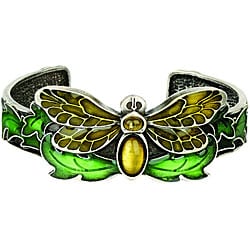
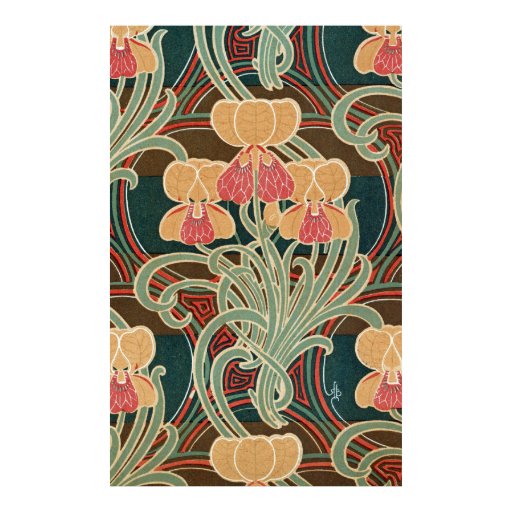
In these two pictures one can see the way the artists decorated jewellery pieces and made prints. Insect representations were found everywhere, from jewellery to furniture. Organic foliate forms and curved lines represented nature and its flawness.
Characteristics:-



In these two pictures one can see the way the artists decorated jewellery pieces and made prints. Insect representations were found everywhere, from jewellery to furniture. Organic foliate forms and curved lines represented nature and its flawness.
Characteristics:-
- Organic foliate forms
- Sinuous lines
- Curvilinear whiplash motifs
- Nature
- Animals and insects

Printed on this umbrella we can see three characteristics of that time, an elephant and organic forms and things found in nature.
These characteristics inspired most significant forms of this unique style. Although the many regional variations and not to mention the impressive talents the individual designers had, the Art nouveau styles had shared a number of targets. Everyone was familiar with the introduction of new forms, embracement of mass production, and the focus of the natural as a source of inspiration.
These characteristics inspired most significant forms of this unique style. Although the many regional variations and not to mention the impressive talents the individual designers had, the Art nouveau styles had shared a number of targets. Everyone was familiar with the introduction of new forms, embracement of mass production, and the focus of the natural as a source of inspiration.
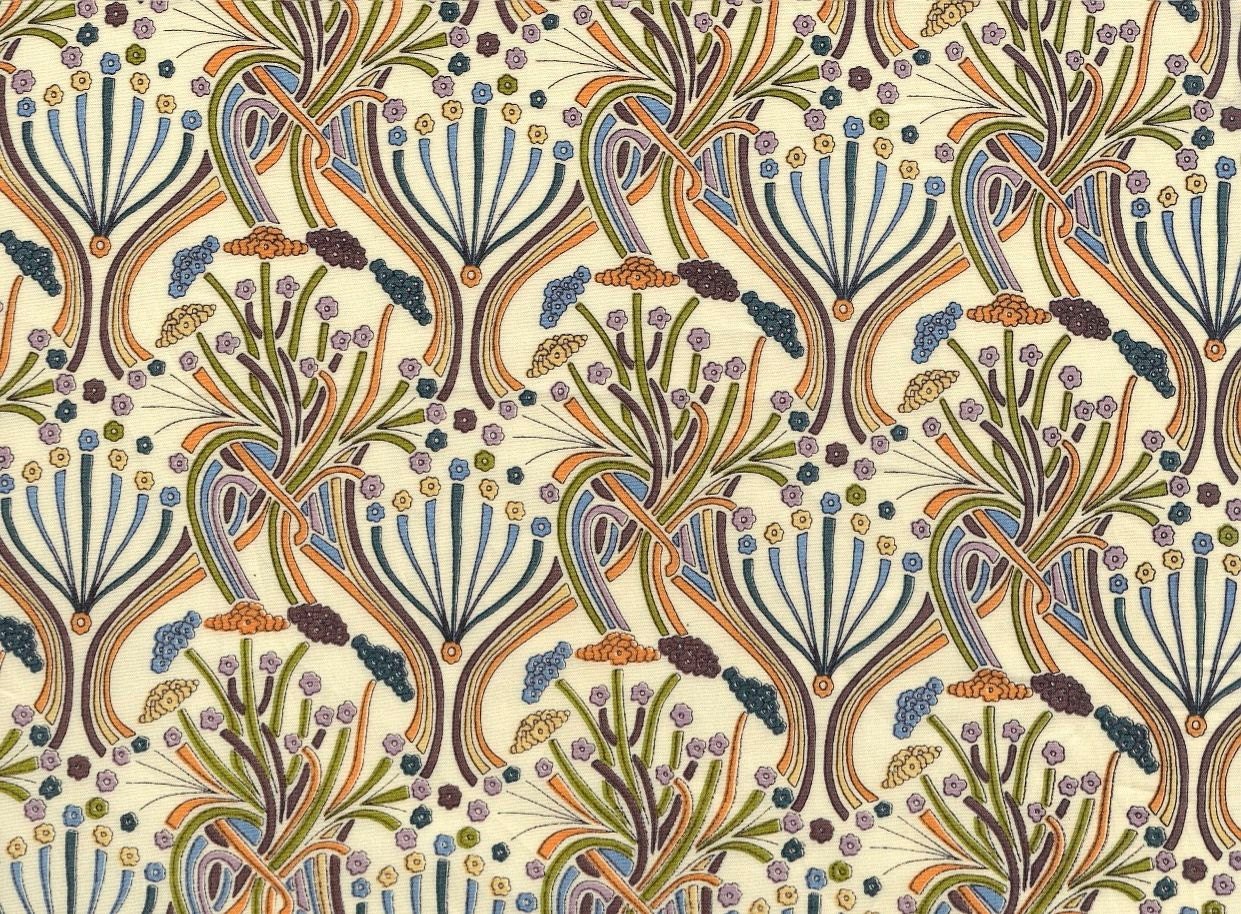
Japonisme which is a style that has simplicity in form and uses white space, also played a crucical role in the progression of art nouveau. It was very evident especially in graphic design and can be clearly noticed in the work of poster artists such as Alphonse Mucha, Henri de Toulouse-Lautrec and Aubrey beardsley.
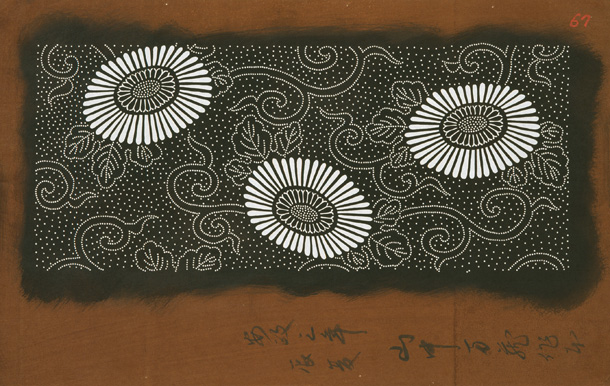

In England, France, Spain and America, art nouveau designs were influenced by curvilinear whiplash motifs, but at the same time in Scotland and Germany, their designs were known as rectilinear. Charles Rennie Mackintosh was the designer whose architecture, interiors and furniture for the Glasgow School of Art remained as some of the greatest examples of rectilinear art nouveau. Some other designers had a different perception of the style and chose to combine both rectilinear and curvilinear lines within their work.
Art nouveau did not represent the same ideals for
everyone worldwide. In the UK this style was liberty, because they wanted
to be free enjoying what they did best and not having to restrict their selves
doing something they felt as a source of freedom. In the meantime in France the
style was split
in two groups, the Nancy School, founded by Emile Gallé in 1901, and the Paris School, which
kept
developing as Victor Horta and Hector Guimard worked together. Gallé had a very good knowledge of agriculture and was very interested in the natural world. One can see this in his decorative use of insects and exotic plant forms, including his marquetry designs for his furniture. His curvilinear surface patterns of the mesh looking leaves are the typical examples of Nancy designs of that time.
developing as Victor Horta and Hector Guimard worked together. Gallé had a very good knowledge of agriculture and was very interested in the natural world. One can see this in his decorative use of insects and exotic plant forms, including his marquetry designs for his furniture. His curvilinear surface patterns of the mesh looking leaves are the typical examples of Nancy designs of that time.
Below one can see the designs of flowers, butterflies and if you look close enough you can see dragonflies aswell. Personally I don't really like these pieces very much but I can understand the way they saw this art. I think that they wanted to communicate freedom through these type of designs because nature is freedom and gives freedom to us. Galle is the artist for these pieces and through his works he has several pieces with insects, animals and flowers/ leafs.
Art nouveau architecture remained dominant in Belgium, and
Horta's Hotel Tassel became on of the first architectural feedback to that style. In Belgium, the architect's ironwork and stemlike columns use, was being called the Horta Line. In France Guimiard's entrance for the Paris Metro had made a huge impact on people and on art nouveau, that it became known as Style Gumiard. The scene in Paris was centered on a group of artists who were brought together by Samuel Bing, and he used to exhibit their work in his gallery, L' Art Nouveau. Modernismo in Spain started to take shape, thanks to the work of Antoni Gaudi. The Germans chose the name Jugendstil to describe their interpretation of the style.
References:-
Pewter Art Nouveau Moth Bracelet | Overstock.com Shopping - The Best Deals on Pewter Bracelets. 2015. Pewter Art Nouveau Moth Bracelet | Overstock.com Shopping - The Best Deals on Pewter Bracelets. [ONLINE] Available at: http://www.overstock.com/Jewelry-Watches/Pewter-Art-Nouveau-Moth-Bracelet/4243660/product.html. [Accessed 20 January 2015].
Art Nouveau Pattern #1 at Emporio Moffa Posters | Zazzle . 2015. Art Nouveau Pattern #1 at Emporio Moffa Posters | Zazzle . [ONLINE] Available at:http://www.zazzle.com/art_nouveau_pattern_1_at_emporio_moffa_posters-228224041434262234. [Accessed 20 January 2015].
Cans, advertising signs and nostalgic collectibles : Auctionata Magazine. 2015. Cans, advertising signs and nostalgic collectibles : Auctionata Magazine. [ONLINE] Available at:https://magazine.auctionata.com/2013/11/15/cans-advertising-signs-and-nostalgic-collectibles/. [Accessed 20 January 2015].
Ecole de Nancy - E.Gallé. 2015. Ecole de Nancy - E.Gallé. [ONLINE] Available at: http://www.ecole-de-nancy.com/web/index.php?page=emile-galle-en. [Accessed 20 January 2015].
Emile Gallé (1846-1904). 2015. Emile Gallé (1846-1904). [ONLINE] Available at: http://www.art-nouveau-around-the-world.org/en/artistes/galle.htm. [Accessed 20 January 2015].
. 2015. . [ONLINE] Available at:http://www.arcadja.com/auctions/en/galle_emile/artist/37307/. [Accessed 20 January 2015].
KATAGAMI Style -Paper Stencils and Japonisme | Green tour Kyoto | travel information in JAPAN. 2015. KATAGAMI Style -Paper Stencils and Japonisme | Green tour Kyoto | travel information in JAPAN. [ONLINE] Available at: http://www.greentour-kyoto.net/arts/katagami-style-paper-stencils-and-japonisme/. [Accessed 20 January 2015].
Japonisme. The fascination with Japanese art | CaixaForum | Exhibitions | Time Out Barcelona. 2015. Japonisme. The fascination with Japanese art | CaixaForum | Exhibitions | Time Out Barcelona. [ONLINE] Available at:http://www.timeout.com/barcelona/attractions/japonisme-the-fascination-with-japanese-art. [Accessed 20 January 2015].
. Musée de Vernon : Entre japonisme et arts décoratifs « Article « Le Démocrate. 2015. . Musée de Vernon : Entre japonisme et arts décoratifs « Article « Le Démocrate. [ONLINE] Available at:http://www.ledemocratevernonnais.fr/2012/12/19/musee-de-vernon-entre-japonisme-et-arts-decoratifs/. [Accessed 20 January 2015].
art nouveau pattern | Patterns + florals | Pinterest. 2015. art nouveau pattern | Patterns + florals | Pinterest. [ONLINE] Available at:http://www.pinterest.com/pin/351773420865942916/. [Accessed 20 January 2015].
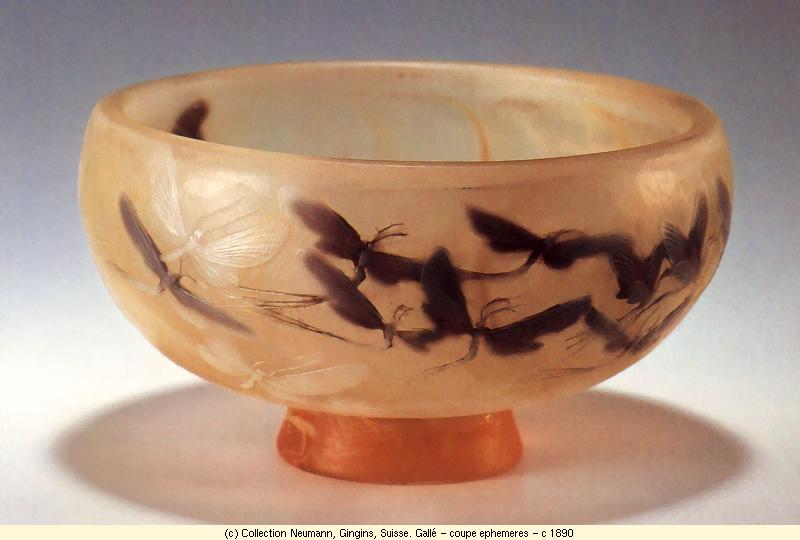

No comments:
Post a Comment